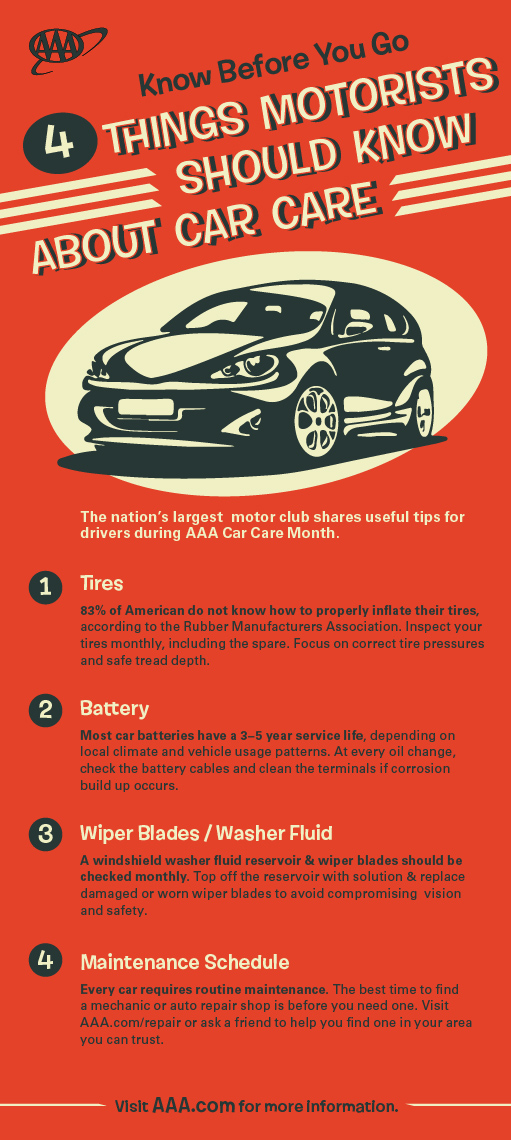Looking For Quality On The Caution Lights Displayed On Your Auto'S Control Panel? Learn Exactly How They Relate To Your Lorry'S Health And Safety
Looking For Quality On The Caution Lights Displayed On Your Auto'S Control Panel? Learn Exactly How They Relate To Your Lorry'S Health And Safety
Blog Article
Author-Samuelsen Alvarado
When you're behind the wheel, those beautiful caution lights on your dashboard can be a bit bewildering. Do you know what they're trying to tell you regarding your auto's wellness? Recognizing the importance of these lights is crucial for your safety and the long life of your automobile. So, the following time among those lights appears, wouldn't you wish to decipher its message accurately and take the necessary steps to resolve it?
Common Caution Lights and Interpretations
Recognize usual warning lights in your cars and truck and recognize their definitions to guarantee risk-free driving.
One of the most normal warning lights include the check engine light, which signifies problems with the engine or exhausts system. If this light comes on, it's critical to have your vehicle examined promptly.
The oil pressure alerting light suggests reduced oil stress, calling for prompt interest to stop engine damages.
A flashing battery light might suggest a malfunctioning billing system, potentially leaving you stranded if not dealt with.
https://andypkfau.elbloglibre.com/32069903/exceptionally-practical-mobile-auto-describing-services-not-only-save-you-money-and-time-but-likewise-improve-your-automobile-s-long-life-uncover-exactly-how-they-can-transform-your-regular monitoring system (TPMS) light notifies you to low tire stress, affecting vehicle security and fuel performance. Disregarding this might cause dangerous driving conditions.
The abdominal light suggests an issue with the anti-lock stopping system, endangering your capacity to quit quickly in emergencies.
Lastly, the coolant temperature cautioning light warns of engine overheating, which can lead to serious damages otherwise settled quickly.
Comprehending these typical warning lights will aid you address problems without delay and maintain risk-free driving problems.
Significance of Prompt Attention
Recognizing the usual caution lights in your automobile is just the very first step; the significance of promptly dealing with these warnings can't be emphasized enough to ensure your safety when traveling.
When a warning light illuminates on your control panel, it's your vehicle's way of communicating a potential issue that requires focus. Neglecting these cautions can result in much more serious troubles in the future, compromising your safety and security and possibly costing you a lot more in repairs.
Motivate attention to warning lights can prevent break downs and mishaps. For example, a flashing check engine light could indicate a misfire that, if left ignored, can cause damages to the catalytic converter. Addressing this quickly can save you from an expensive fixing.
Similarly, a brake system warning light may indicate reduced brake liquid or used brake pads, crucial elements for your safety and security when driving.
Do It Yourself Troubleshooting Tips
If you observe a warning light on your control panel, there are a couple of DIY fixing pointers you can try before seeking professional assistance.
The primary step is to consult your car's manual to understand what the details caution light suggests. In some cases the concern can be as easy as a loosened gas cap setting off the check engine light. Tightening the gas cap might resolve the trouble.
One more common issue is a low battery, which can cause numerous advising lights. Examining the battery links for rust and ensuring they're safe and secure could take care of the problem.
If a warning light lingers, you can try resetting it by separating the auto's battery for a few mins and after that reconnecting it. Additionally, examining your car's liquid degrees, such as oil, coolant, and brake liquid, can help fix alerting lights connected to these systems.
Final thought
To conclude, comprehending your automobile's warning lights is crucial for maintaining your vehicle running smoothly and securely. By immediately resolving these signals and knowing what they mean, you can prevent expensive repair services and potential break downs.
cargroombotany in mind to consult your automobile's guidebook for specific details on each cautioning light and take action as necessary to guarantee a hassle-free driving experience.
Stay educated, stay safe when driving!
